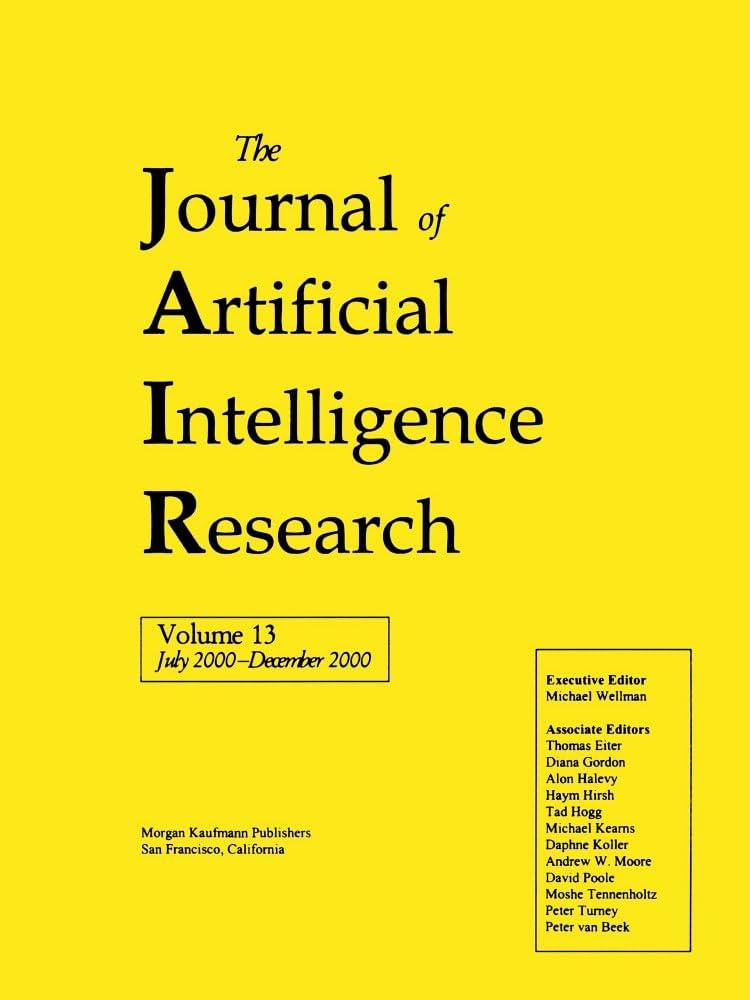基于表面肌电信号的上肢运动分类器:现状和未来的挑战
IF 4.5
3区 计算机科学
Q2 COMPUTER SCIENCE, ARTIFICIAL INTELLIGENCE
引用次数: 3
摘要
尽管在实验室环境中,使用最先进的分类器通过sEMG(表面肌电图)信号识别上肢运动的准确率高于90%,但在真实环境条件下,肌控制假肢仍有一些问题需要解决。因此,本综述的主要目的是揭示该系统各个模块中策略方面的最新研究,并对当前学术研究的现状进行全局观察。对检索到的论文进行系统综述,并按照与所提方法相关的系统步骤进行整理。然后,针对上肢运动识别系统的各个阶段,从策略、方法和解决的问题等方面对工作进行了描述和比较。另外一个部分用于描述与信号污染相关的工作,这在基于表面肌电信号的运动分类器的评论中经常被忽视。因此,这一部分是本文的主要贡献。深度学习方法是当前分类阶段的趋势,提供基于时间序列和迁移学习的策略来解决与肢体位置、时间/学科间变化和电极位移相关的问题。尽管提出了很有前途的污染物检测、识别和去除策略,但仍有一些因素需要考虑,例如同时发生的污染物。本文综述了运动分类系统的现状,为新的研究人员提供了有价值的信息,并指导了未来肌控设备的工作。本文章由计算机程序翻译,如有差异,请以英文原文为准。
sEMG-Based Upper Limb Movement Classifier: Current Scenario and Upcoming Challenges
Despite achieving accuracies higher than 90% on recognizing upper-limb movements through sEMG (surface Electromyography) signal with the state of art classifiers in the laboratory environment, there are still issues to be addressed for a myo-controlled prosthesis achieve similar performance in real environment conditions. Thereby, the main goal of this review is to expose the latest researches in terms of strategies in each block of the system, giving a global view of the current state of academic research. A systematic review was conducted, and the retrieved papers were organized according to the system step related to the proposed method. Then, for each stage of the upper limb motion recognition system, the works were described and compared in terms of strategy, methodology and issue addressed. An additional section was destined for the description of works related to signal contamination that is often neglected in reviews focused on sEMG based motion classifiers. Therefore, this section is the main contribution of this paper. Deep learning methods are a current trend for classification stage, providing strategies based on time-series and transfer learning to address the issues related to limb position, temporal/inter-subject variation, and electrode displacement. Despite the promising strategies presented for contaminant detection, identification, and removal, there are still some factors to be considered, such as the occurrence of simultaneous contaminants. This review exposes the current scenario of the movement classification system, providing valuable information for new researchers and guiding future works towards myo-controlled devices.
求助全文
通过发布文献求助,成功后即可免费获取论文全文。
去求助
来源期刊

Journal of Artificial Intelligence Research
工程技术-计算机:人工智能
CiteScore
9.60
自引率
4.00%
发文量
98
审稿时长
4 months
期刊介绍:
JAIR(ISSN 1076 - 9757) covers all areas of artificial intelligence (AI), publishing refereed research articles, survey articles, and technical notes. Established in 1993 as one of the first electronic scientific journals, JAIR is indexed by INSPEC, Science Citation Index, and MathSciNet. JAIR reviews papers within approximately three months of submission and publishes accepted articles on the internet immediately upon receiving the final versions. JAIR articles are published for free distribution on the internet by the AI Access Foundation, and for purchase in bound volumes by AAAI Press.
 求助内容:
求助内容: 应助结果提醒方式:
应助结果提醒方式:


